Imagine stumbling through a sun-dappled forest and catching sight of a tiny, bizarre creature wearing the remnants of its last meal as armor. It sounds like a scene plucked from a dark fairy tale or a sci-fi film, but this is the astonishing reality for the camouflaged looper caterpillar. In a world where survival is often dictated by creativity and cunning, this humble insect has evolved one of the most shocking and ingenious disguises in the animal kingdom—adorning its body with bits and pieces of the plants and flowers it’s devoured, effectively cloaking itself in the “skulls” of its victims. This is not only a story of evolution but a testament to nature’s relentless drive for survival, turning the tables on predators through deception and artistry.
A Master of Disguise in the Insect World
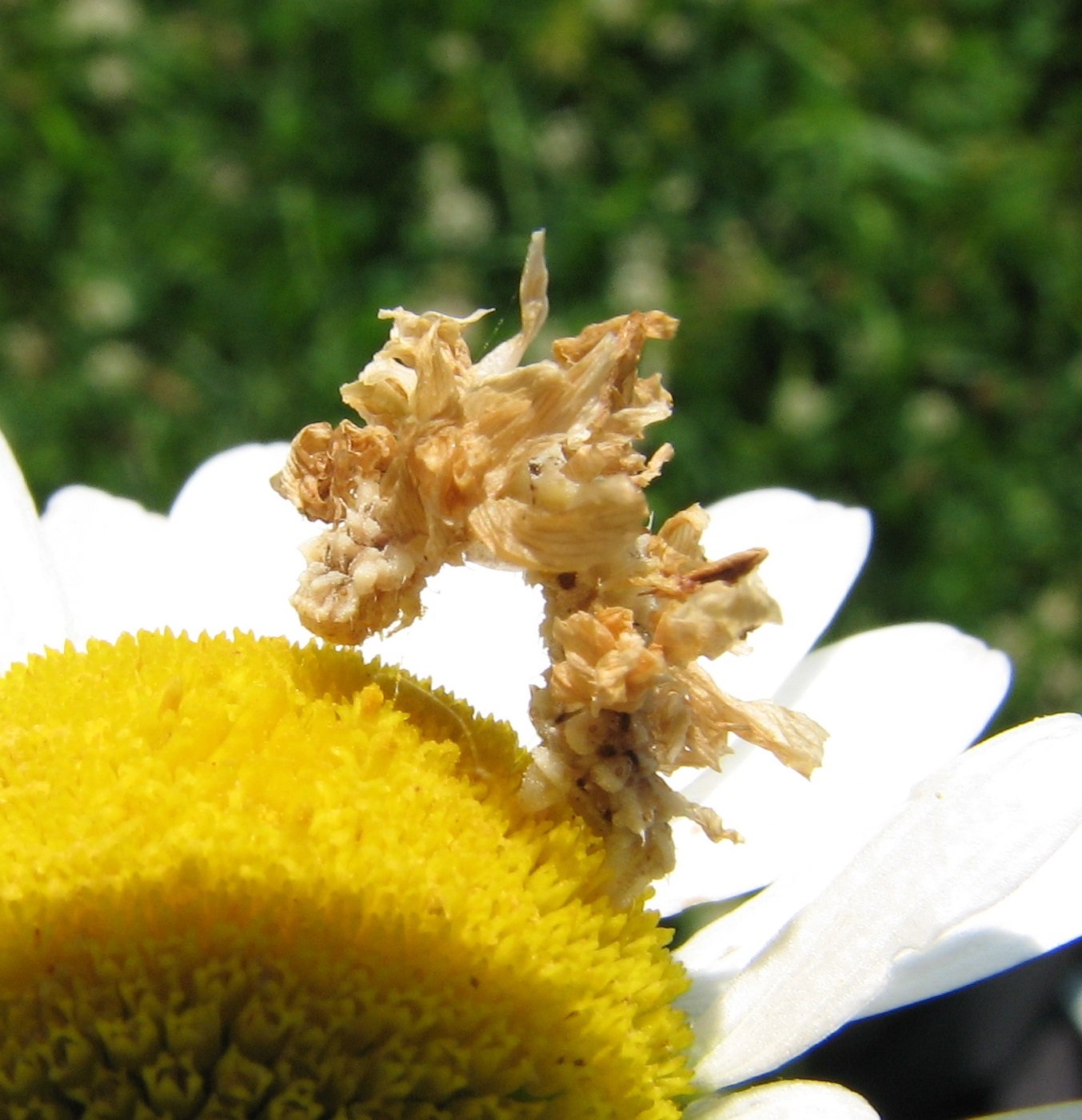
The camouflaged looper, known scientifically as Synchlora aerata, stands out as a true magician among caterpillars. Unlike its more ordinary cousins, this tiny green larva transforms itself using the very environment it inhabits. As it feeds on flowers and leaves, it meticulously collects fragments of petals, bits of stems, and even entire flower heads. With a remarkable sense of purpose, it attaches these pieces to its back using silk, creating a patchwork cloak that makes it nearly invisible to predators. This unique adaptation isn’t just a passive defense—it’s an active, daily process that requires both dexterity and intelligence, putting the looper in a league of its own.
The Art of Camouflage: How the Looper Builds Its Costume
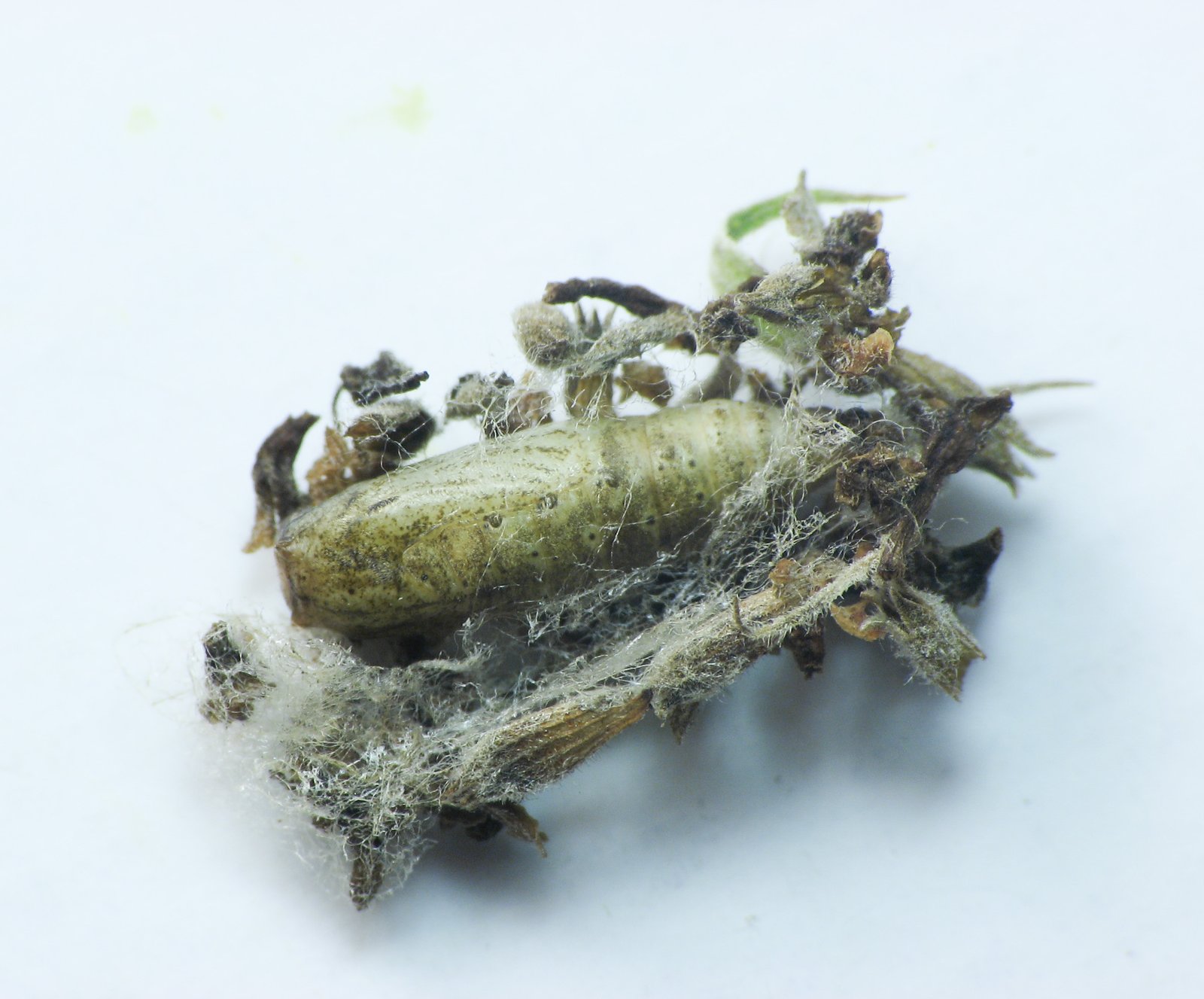
Every day, the camouflaged looper carefully selects new disguises to ensure it blends perfectly with its surroundings. After munching on a plant, it trims off tiny pieces and skillfully secures them to its body, often changing its costume several times as it moves from one plant to another. This act is not random; the caterpillar chooses materials that match the colors and textures of its current environment. Scientists have marveled at this behavior, noting that it’s almost as if the looper is a tiny tailor, adjusting its outfit to the latest fashion trends of the forest floor. Some researchers even compare this to humans picking out the perfect outfit for an occasion.
Why Wear the Skulls of Its Victims?
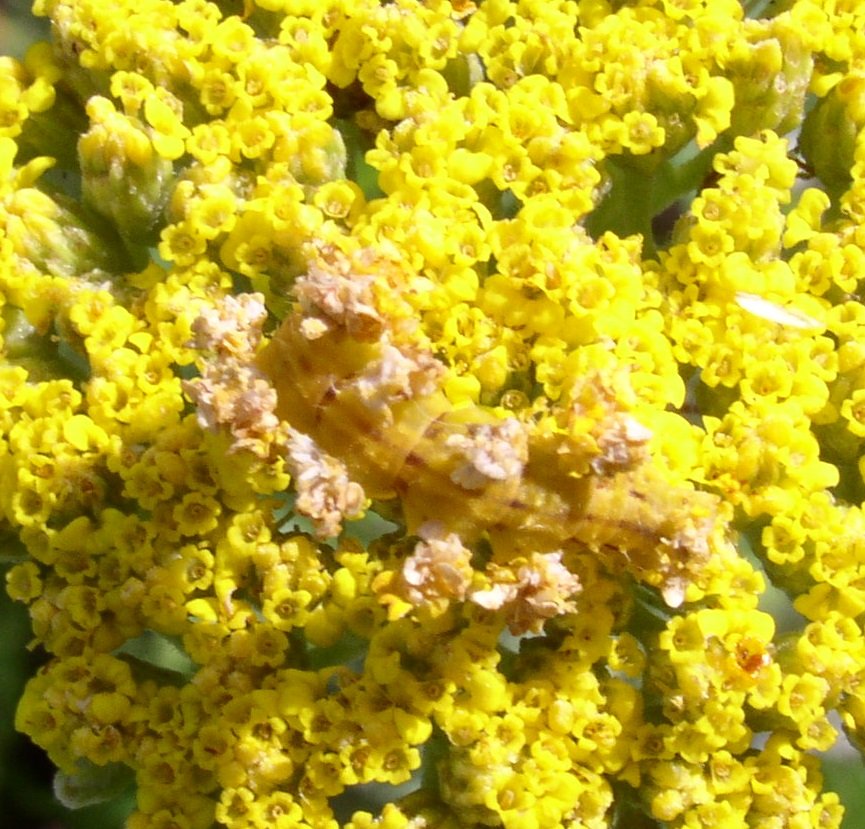
In the wild, being seen is often a death sentence. Birds, wasps, and other predators have sharp eyes, always on the lookout for a tasty snack. The looper’s macabre habit of wearing the remains of its meals serves a crucial purpose: it becomes nearly indistinguishable from the plants around it. Imagine a bird swooping down, only to see what looks like a cluster of untouched flower petals—completely missing the caterpillar hidden beneath. This survival tactic is so effective that it has become the looper’s main line of defense, allowing it to thrive in a world teeming with danger.
From Predator to Prey: The Looper’s Life Cycle
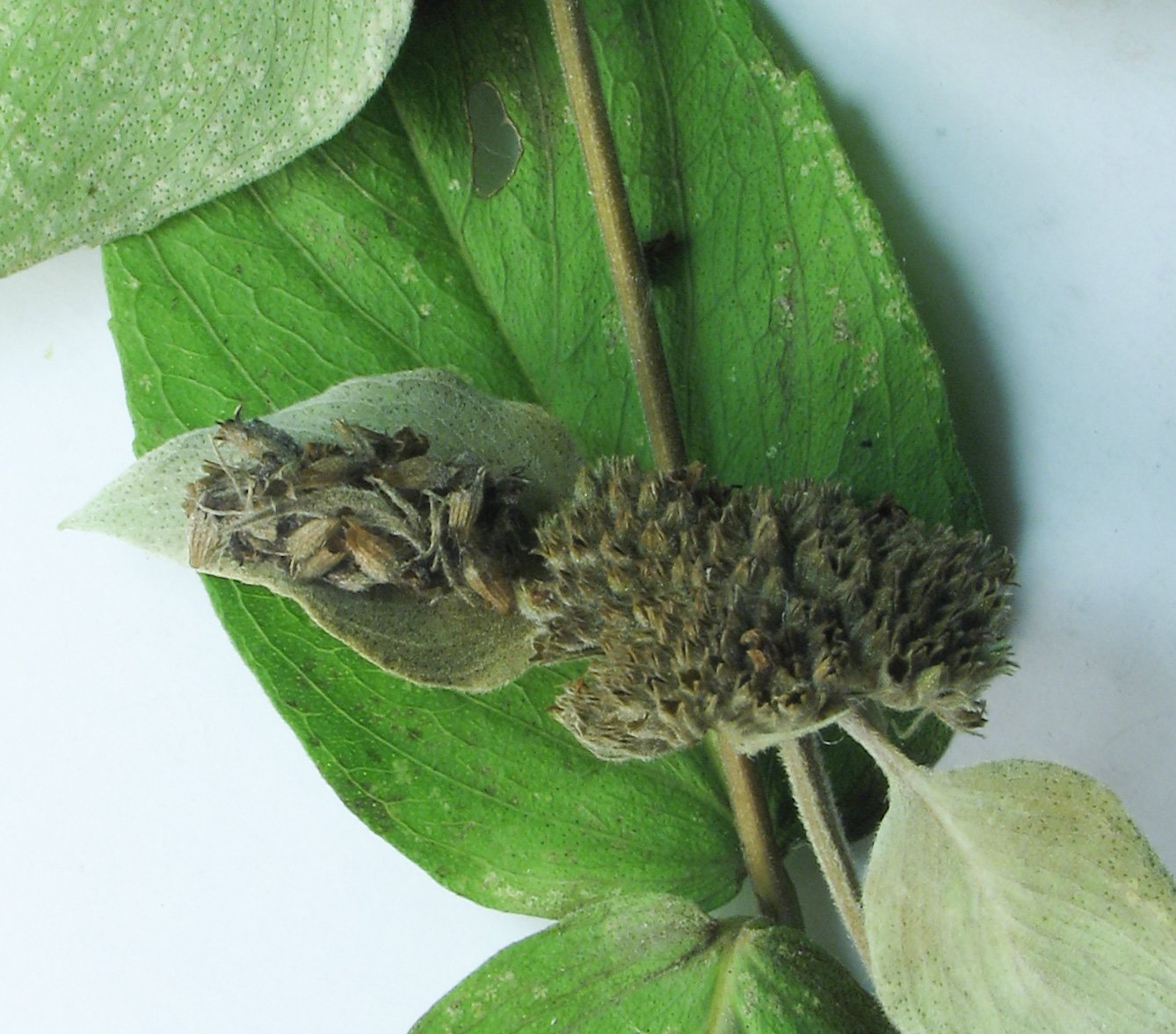
The journey of the camouflaged looper begins as a tiny egg, laid carefully on a host plant by its mother. Once hatched, the caterpillar wastes no time in starting its elaborate disguise. It spends its larval stage feeding and hiding, constantly updating its camouflage to match the shifting seasons and blooming flowers. After several weeks, the looper spins a cocoon, again using bits of its environment for added protection. Emerging as a dainty emerald moth, it continues the cycle, ensuring the next generation will inherit these remarkable survival skills. The transformation from a vulnerable caterpillar to a delicate moth is a breathtaking display of nature’s ingenuity.
Remarkable Intelligence for a Tiny Insect
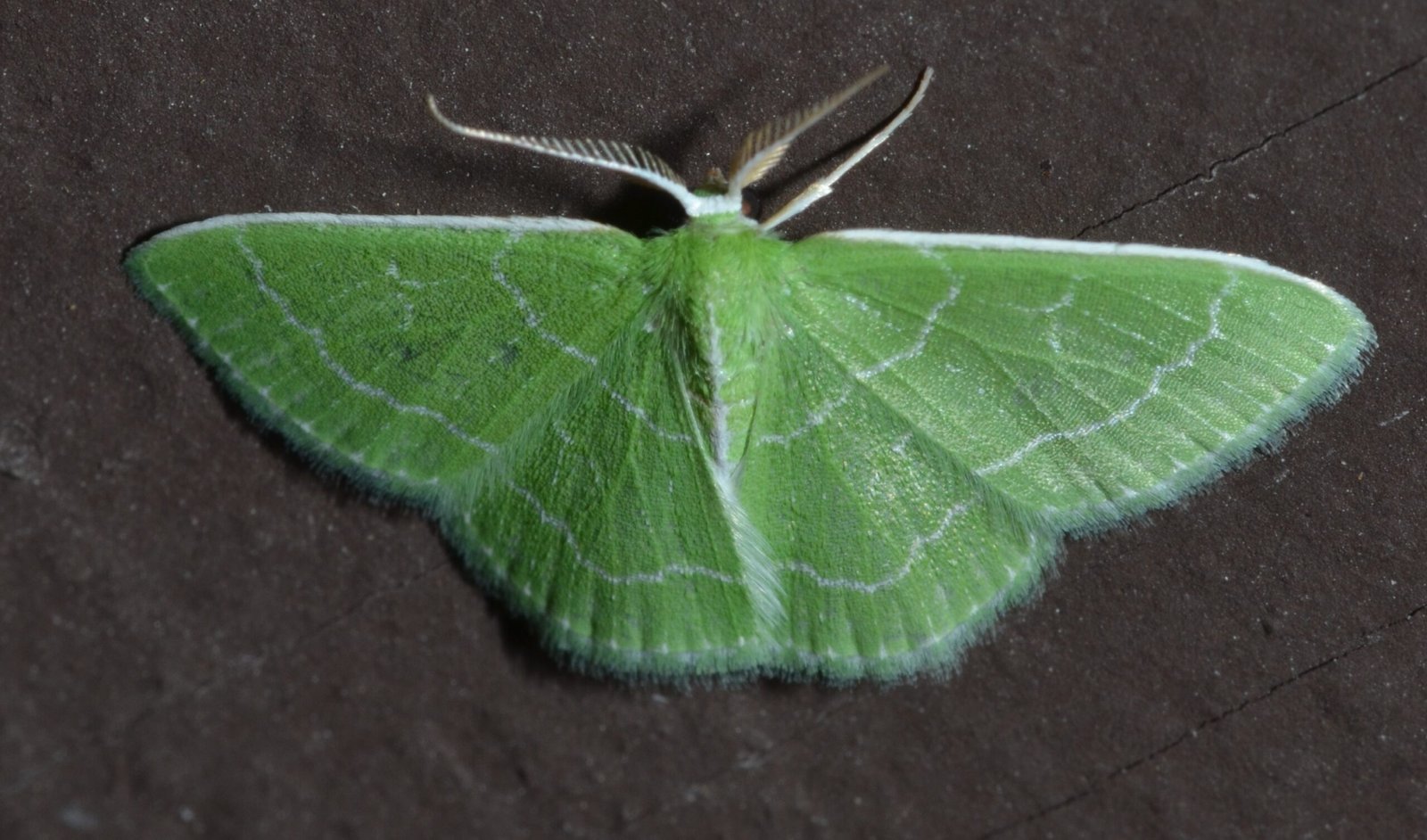
It’s easy to underestimate a caterpillar, but the camouflaged looper displays a surprising level of problem-solving. Researchers observing these insects have been fascinated by their deliberate, almost thoughtful actions as they build and adjust their disguises. The looper doesn’t just grab any piece it finds—it tests different fragments, sometimes discarding those that don’t fit the look it’s aiming for. This behavior suggests an impressive ability to sense and respond to its environment, a testament to the quiet intelligence that fuels its survival strategy.
The Science Behind the Looper’s Silk
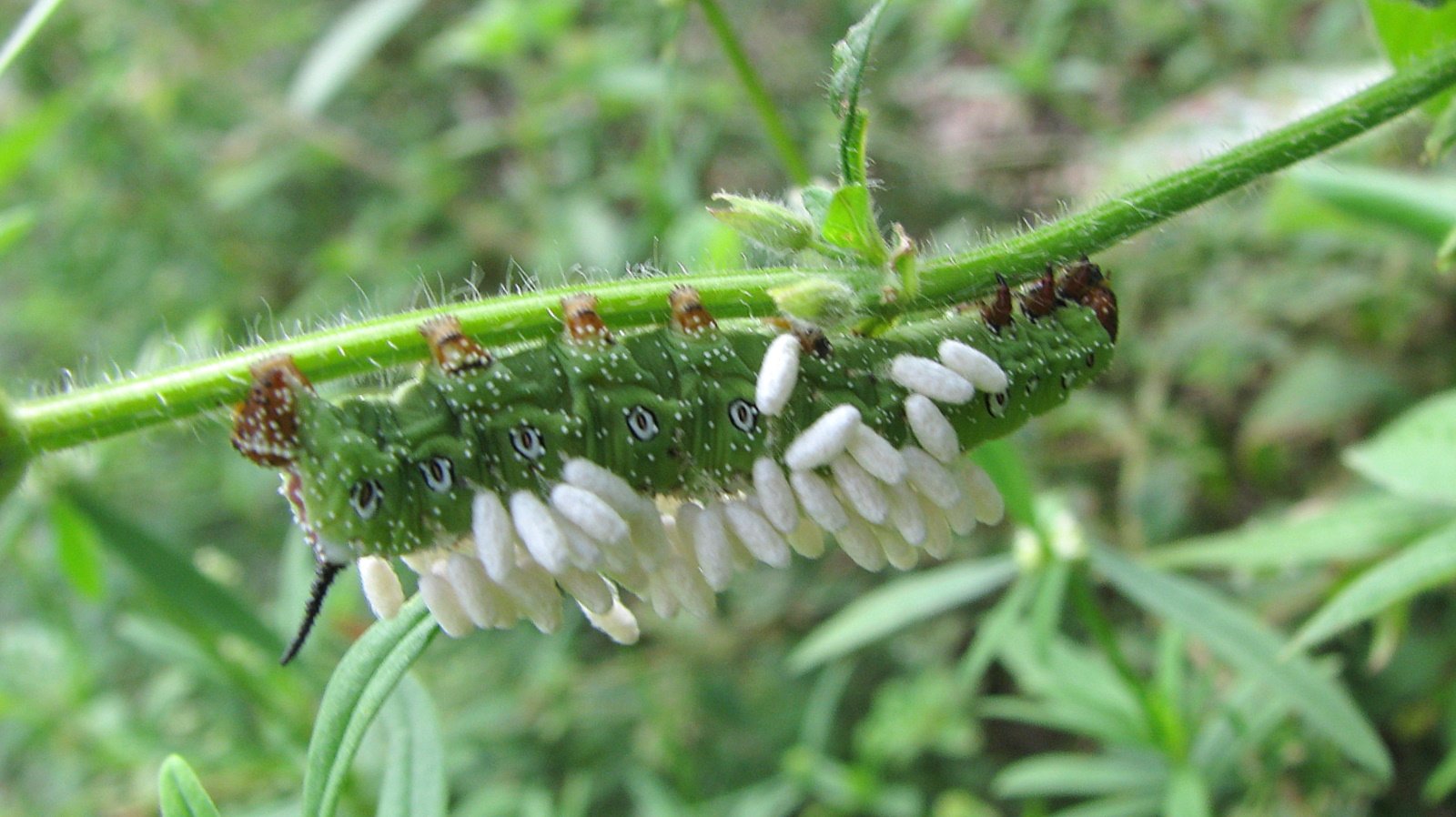
The silk produced by the camouflaged looper is more than just a sticky thread—it’s the secret weapon that holds its disguise together. This silk is strong, flexible, and perfectly suited for attaching plant pieces to the caterpillar’s soft body. Scientists have studied the properties of this silk, hoping to unlock secrets that could inspire new materials for human use. The looper’s use of silk is a perfect example of how even the smallest creatures can drive innovation, both in nature and in the lab.
Ecological Role and Impact on Its Habitat
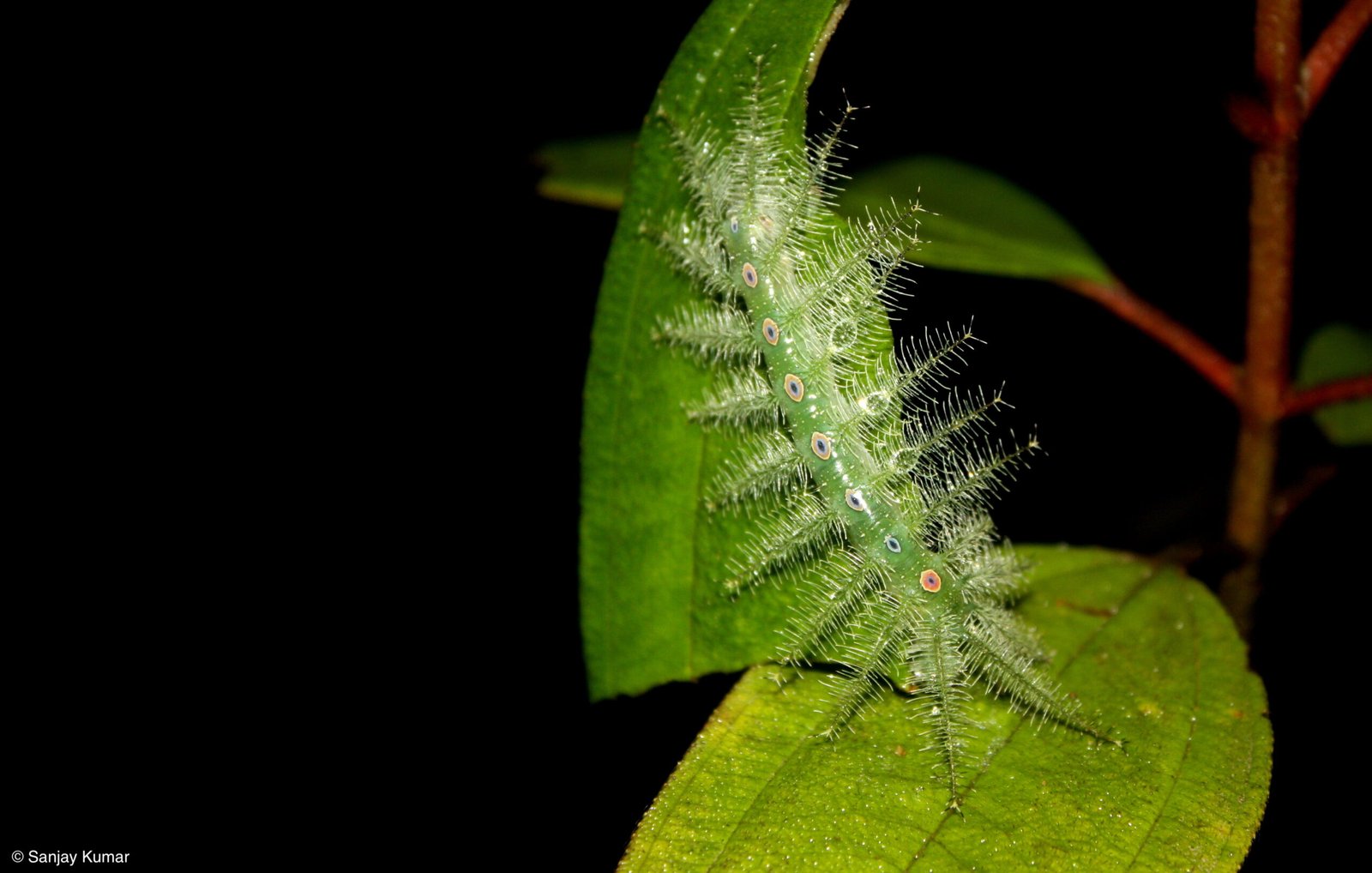
Far from being a passive resident, the camouflaged looper plays an active part in its ecosystem. By feeding on a variety of plants, it helps control the growth of certain species, contributing to the delicate balance of its habitat. At the same time, the looper serves as prey for birds and other animals—reminding us that even the most ingenious camouflage doesn’t guarantee safety. Its presence is a subtle but important thread in the intricate web of forest life, demonstrating how every creature, no matter how small, has a role to play.
Inspiring Awe and Curiosity in Humans
For people who love nature, the story of the camouflaged looper is both enchanting and humbling. It challenges us to look closer at the world around us and appreciate the hidden wonders that often escape notice. Naturalists, photographers, and artists have been drawn to the looper’s story, finding inspiration in its resourcefulness and artistry. The caterpillar reminds us that survival isn’t just about brute strength—it’s about creativity, adaptability, and an unyielding will to live.
How Scientists Study the Camouflaged Looper
Studying such a secretive creature isn’t easy. Researchers have to patiently observe the looper in its natural habitat, sometimes spending hours just to catch a glimpse of its camouflage in action. Laboratory experiments have revealed the caterpillar’s sensitivity to changes in light, color, and texture, shedding light on how it chooses its disguises. These insights not only deepen our understanding of insect behavior but also hold clues for developing better camouflage technology for humans.
What the Looper Teaches Us About Evolution
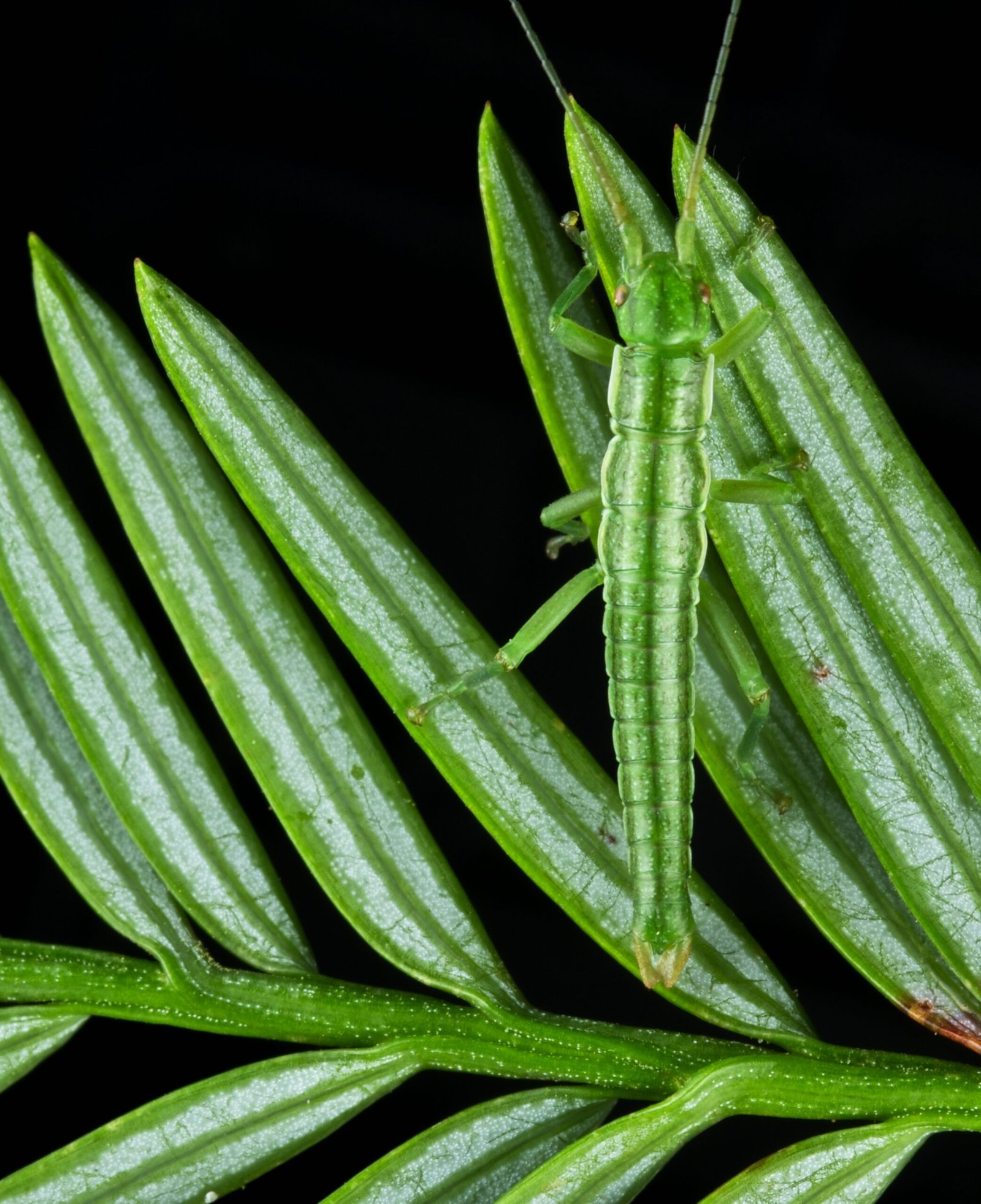
The camouflaged looper stands as living proof of evolution’s power to shape life in extraordinary ways. Its ability to adapt, improvise, and survive has been honed over countless generations. By studying the looper, scientists gain valuable insight into the forces that drive adaptation and natural selection. It’s a lesson that resonates far beyond the insect world, reminding us that the struggle for survival often leads to the most unexpected and beautiful solutions.
A Living Work of Art in the Forest
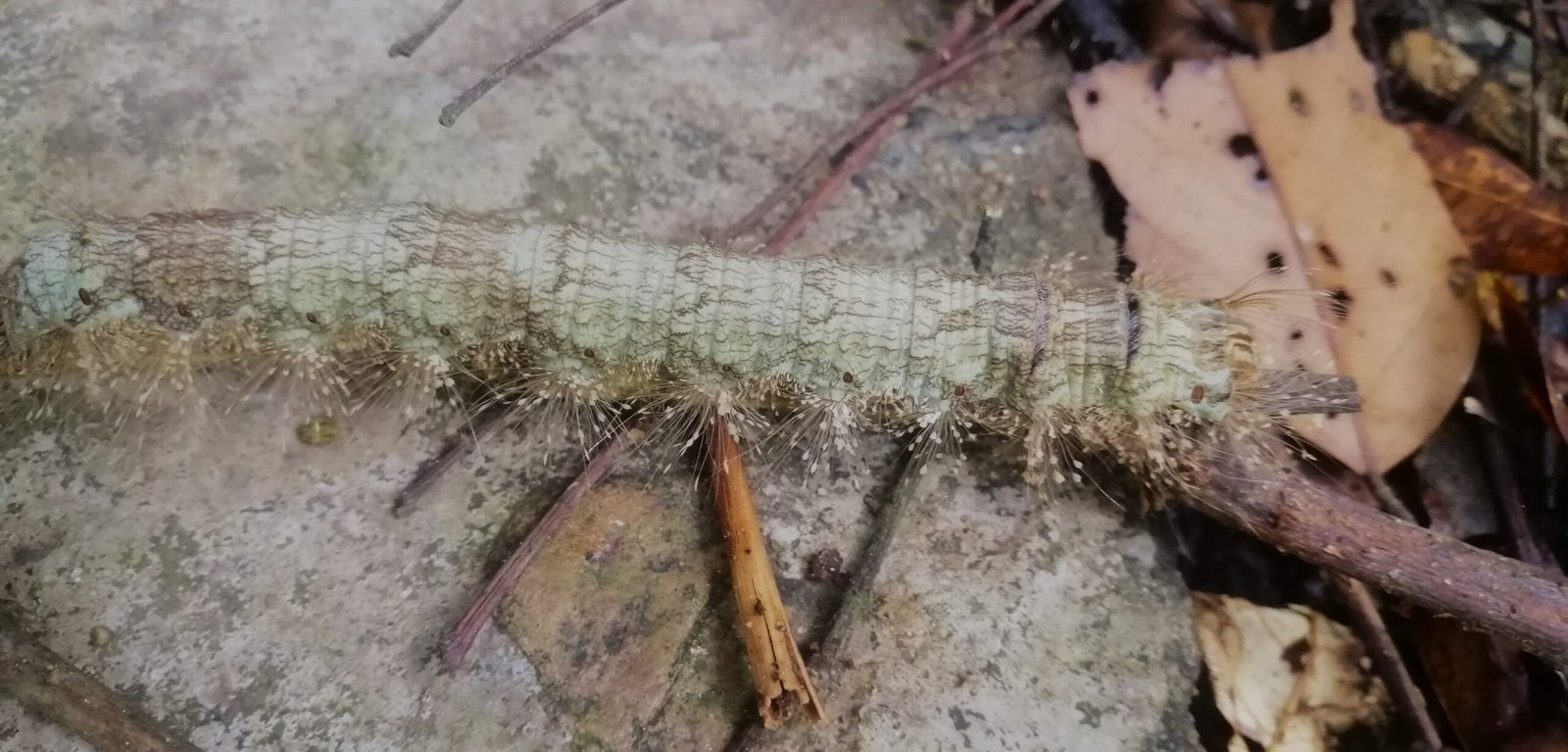
Every time you walk through a wildflower meadow or a forest edge, you might be passing by a camouflaged looper, hidden in plain sight beneath its mosaic of petals and leaves. This unassuming caterpillar is more than just a survivor—it’s a living work of art, crafted by the patient hands of evolution. Its costume is a testament to the beauty and ingenuity that can flourish in the quietest corners of the natural world. The next time you marvel at the wonders of nature, ask yourself: what other invisible miracles are waiting to be discovered?




